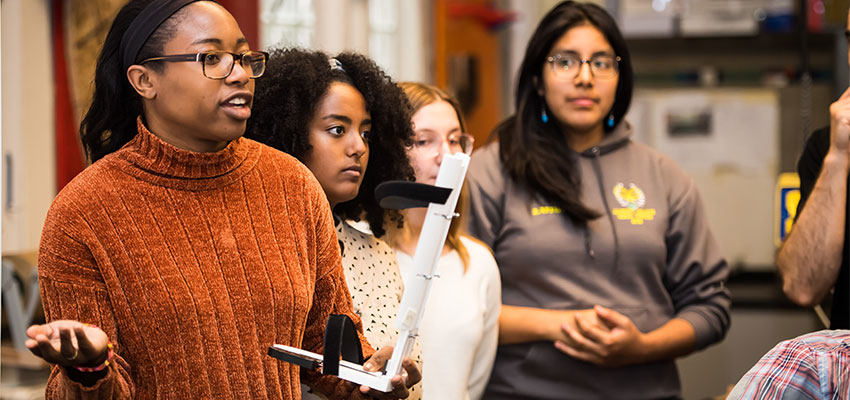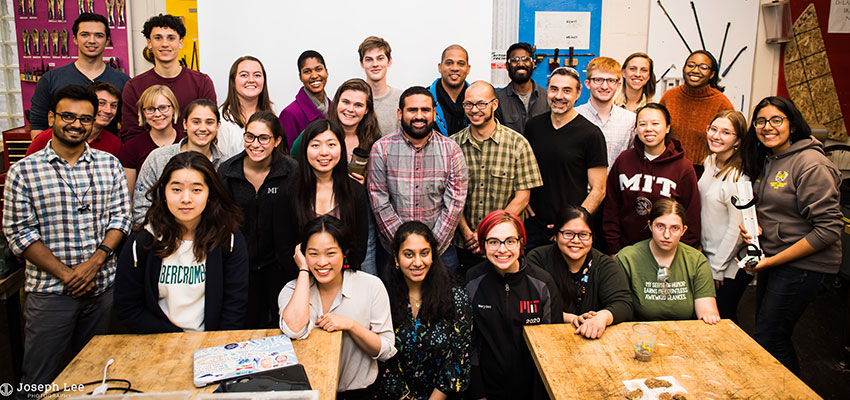
The Soil
“Mama, me quieres decir que cuando ibas a la escuela, no tenias lápices para escribir?”
I sat at the edge of my mother’s bed as a nine year-old, my big brown eyes not believing the reality of her childhood. “Mom, you are telling me that when you went to school as a little child, you didn’t have pencils to write with?” I asked her. She hesitantly smiled at me, her eyes revealing embarrassment. “Your grandparents didn’t have anything to buy them with. I made do with scraps that other kids didn’t need.” My young self could not wrap my mind around this. I looked down at my bright pink pencil bag full of colored pencils and markers, and realized then what privilege meant.
Through vibrant stories about their childhood, my parents fostered in my brother and me a strong sense of empathy. Because of this, public service and humanities drew me in. I volunteered for the first time at the age of 10 and during high school, immersed myself in history and arts, excited by their human-centered focus. At the same time, a parallel story that also drove me was my father’s passion for MIT. He studied engineering in Peru, and his firm belief that I could get in to MIT drove me to work as hard as I could in STEM, both to make my family proud and prove to myself that a girl like me – an immigrant from a low-income household and soft-hearted book-worm – could become an MIT student. But what does a girl who loves humanities and is driven in STEM, do to reconcile her interests? Thankfully, I found D-Lab.

The Shoots
D-Lab: Design has been the highlight of my engineering classes so far. Over the course of the semester, the familiar smell of the D-Lab workshop and the comforting sound of a drill or bandsaw became joys to me, and comforting ground to learn about the intersection of design, social science, and entrepreneurship.
In D-Lab: Design, our instructors Sorin Grama and Jerome Arul and our teaching assistants separated our class of 25 into groups of four to six students, and assigned each group a project and host company to work with. I had the pleasure of working with four other wonderful women: Naomi Dereje ‘20, Isabella Chuirillo ‘22, Chris Sacha ‘19, and Alexandra Shade ‘19. I felt very pleased that our team contained was by far the most racialy diverse in the class, and excited to work with only women engineers for the first time. Because of these shared identities, my team shared a camaraderie that I enjoyed. We worked with Prothesia, a passionate and extremely innovative Mexican start-up led by Francisco Valdespino and Guillermo Herrera-Arcos (prothesia.com | @prothesia3D ). Our goal? Build a telescopic orthotic for children in Mexico with cerebral palsy. Having a telescopic orthotic that could “grow” with the child, would save low-income families from having to buy a child a new orthotic each year. With a telescopic design, doctors would expand the orthotic vertically and horizontally, independent of the calf, ankle, and foot, and allow for a functional assembly up to three years. Mostly a mechanical problem, my team felt thrilled to tackle it.
But just as we sought to grow our orthotic while maintaining its integrity, we also had to learn how to grow and stick together as a team. At first, our team lacked communication skills. We scrambled to make decisions, hesitant and haywire about what our design was until the week before the showcase. A lot of concerns about the design went unanswered. But in the end, this opportunity challenged us to mix strengths and create something worth showcasing. Which we did. We worked through our challenges and, as frustrating and stressful as the experience often felt, we created a full-blown 3D print to show at our final presentation. The prototype has room for improvement, but I am proud of our progress and our camaraderie, which always brought a very lighthearted atmosphere to our team.

The Flowers
As the semester went on, the shop became a comfortable place to grow. On Wednesdays at 5 pm, after an already long day, I enjoyed coming to D-Lab and finding M&Ms on Jack’s wooden desk, feeling the familiar pinch of safety glasses on my temples, and hearing the jarring yet melodious background noise of the bandsaw cutting through aluminum. In previous design classes, someone in my group always felt most comfortable doing a big chunk of the technical work, so I usually contributed to the presenting and team development work. This time however, each member of my team only had a little experience in different technical skills, so we were pushed to share the technical work amongst ourselves and learn new skills. CAD-ing; 3D-printing; wooden, cardboard, and foam models--you name it. For the first time in my life, I couldn’t rely on someone else to tell me what to do. So, through realizing that sparks from the metal sander don’t burn (usually) and a couple of other scrapes, I grew more confident in my physical creative decisions.
Even so, I still had chances to practice other skills. I study a minor in theater at MIT, and I practiced those communication skills when transmitting our progress to Prothesia through video calls we had every one to two weeks. When taking leadership of our team and wrangling through communication barriers, I had no choice but to launch myself into unknown territory and try different methods of communication and delegation. I deeply wished to set a good example for the first-year on our team, so I pushed myself to do this.
While Isa and I sat at our table during the D-Lab Student Showcase, a small, blonde girl of about seven years of age came over to see our prototype, holding her grandmother’s hand. Her grandmother excitedly asked us how we decided to study engineering, seeing as we were both women. After I observed the girl looked a bit uncomfortable about this question (I figure her grandmother wants her to become an engineer but she feels unsure), I looked her in the eye and told her, “I am an artist. I like creativity, and know the importance of humanity in engineering. Therefore, I like to think of engineering as applied creativity”. The little girl looked a bit more calm after this...but maybe it’s just my wishful thinking. After taking D-Lab Design, I can say I have learned much more about the truth of this statement. As a person who loves working with humans and stories, I could not engage in something that didn’t involve these things. I hope every student who takes D-Lab: Design in the future understands what a privilege it is to be a part of this class and that they use this opportunity to sow their small seed into the big social-engineering community.
More information

